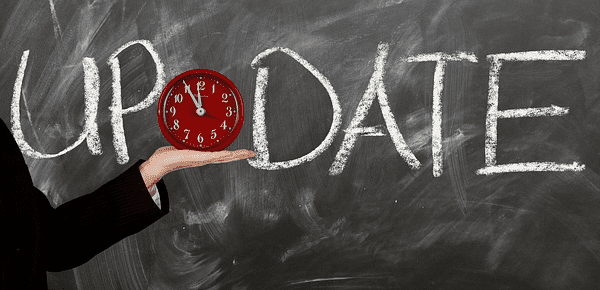As part of our commitment to providing the best and most transparent company valuation models, we are constantly reviewing and adapting our processes and methodologies to changing market conditions and accounting rules. We recently discovered an opportunity to improve historical Cash Tax Rates to more accurately reflect the lower corporate tax rates realized after the 2017 Tax Cuts and Jobs Act (TCJA).
This report explains the update and details the impact it has on our models and equity and credit ratings.
When You Will See the Change: Thursday, December 17
This update will go into effect on our site the morning of Thursday, December 17.
The Update: Lowering Cash Tax Rates from 2017-2019
To calculate a firm’s cash tax rate, we use a three-year normalized rate based on reported taxes adjusted for annual changes in reserves. In late 2017, after the passage of The Tax Cuts and Jobs Act, the corporate tax rate dropped from 35% to 21%.
Because we use a three-year average to calculate cash tax rates, our models did not immediately reflect the impact of this change. Now, as companies report three years of lowered tax rates due to the TCJA, our Cash Tax Rates in the current period appear significantly lower than historical periods.
To better reflect the realized drop in tax rates and place less weight on tax rates from before the tax cut in our normalized average Cash Tax Rate calculation, we’re reducing our Cash Tax Rates by the following:
- 12/22/17 and 12/21/18 lowered by 30%
- 12/22/18 through 12/21/19 lowered by 17.5%
- 12/22/19 through 6/30/20 lowered by 10%
- After 6/30/20 there will be no change to the Cash Tax Rate as our normalized average Cash Tax Rate calculation will already capture three years of lowered corporate tax rates.
Impact on our Models
As a result of these changes, we expect aggregate net operating profit after-tax (NOPAT) across our coverage universe will be impacted as follows:
- Fiscal 2017 NOPAT will increase by ~10%
- Fiscal 2018 NOPAT will increase by ~5%
- Fiscal 2019 NOPAT will increase by ~2%.
We also expect economic earnings, economic book value, and return on invested capital (ROIC) to increase in these historical periods, but to a lesser extent, given that these metrics are driven by NOPAT.
Overall, we anticipate little to no change to a ticker’s current Risk/Reward rating, since the current period already reflects lower Cash Tax Rates. However, we do expect tickers with low NOPAT relative to the change in year-over-year reserves will be more impacted than most.
We’ll provide a list of all tickers impacted in the current period on or before December 16, 2020.
This article originally published on December 11, 2020.
Disclosure: David Trainer, Kyle Guske II, Alex Sword, and Matt Shuler receive no compensation to write about any specific stock, style, or theme.
Follow us on Twitter, Facebook, LinkedIn, and StockTwits for real-time alerts on all our research.
